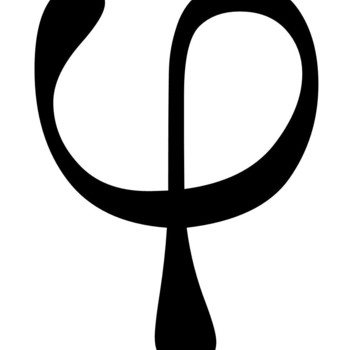Question #f1456
1 Answer
Jan 28, 2018
Explanation:
Remember the change of base formula:
Here,
So input:
Take the constant out. Basically, the part that does not affect the variable
Now apply the chain rule.
Here,
So
But remember,
So it becomes
Multiply this by the constant,
The derivative of

